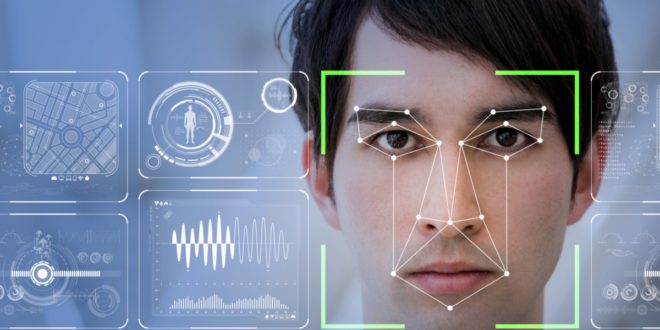Are you aware that the cyberworld faces 2200 cyber attacks every day? This means that individuals worldwide face a new cyberattack every 39 seconds!
As the technology is evolving the hackers are super-evolving. Cybercriminals have upgraded their tactics to gain access to unauthorized networks and to perform illegal activities. This is majorly occurring due to the increase in the interest of businesses in the digital world. There are no organizations left that have not faced cyber attacks.
Well, while the world is digitizing, individual organizational responsibilities are arising to protect the customer’s data with real-time, reliable, and authentic identity verification services. By considering these changes, businesses should acquire innovative face verification technology to up the game of identity verification solutions. According to the business insider, South Africa is now thinking of implementing machine learning facial recognition technology to control traffic and reduce congestion.
What Is Machine Learning?
Machine learning is the exploration of computer algorithms that are automatically upgraded through previous observations and by the use of large chunks of data. The algorithms of ML are developed on the basis of training data that is used for decision-making and predictions.
Furthermore, just to make it clear, ML is the sub-branch of AI. Their previous observations allow machines to mold their algorithms to analyze the output and then use it for the input of their next task. ML algorithms have been utilized to provide solutions to multiplex complications with conventional programming. Machine learning is further divided into deep learning which mainly works on large data sets.
10 Machine learning use cases
Machine learning has been used in various dimensions such as
- Voice assistants
- Traffic predictions
- Email filtering
- Self-driving cars
- Virtual assistants
- Personalized marketing
- Process automation
- Facial recognition
- Product recommendation
- Fraud detection
What Is Facial Recognition Technology?
Facial recognition technology is the latest and innovative technology that makes sure the live existence of the client. This mind-blowing technology can run in-depth analysis to identify an individual based on their facial features. Facial recognition technology is established with complex mathematical models of machine learning and AI algorithms.
The system captures and stores the facial features and then analyzes those features to match them with the pre-existing image database. Facial recognition is another form of biometric identification that not just includes facial features but also constitutes voice recognition, signature recognition, and text recognition.
Where is facial recognition mostly used?
Facial recognition is used in various subsets of industries such as the following:
- Unlocking mobile phones
- Facilitating secure transactions
- Tracking attendance
- Aiding in forensic investigations
- Protecting law enforcement
- Identifying individuals on social media platforms
- Controlling access to private spaces
Machine Learning Facial Recognition Technology Benefits
Due to the ongoing advancements in artificial intelligence, deep learning, and machine learning, facial recognition technology is rising at a swift pace. Face recognition technology extracts facial feature information and inspects that information to create a differentiation analysis.
Let’s look at ways how machine learning facial recognition technology utilizes the algorithms to make our industry robust and reliable.
Face verification:
The algorithms of machine learning are employed to scrutinize whether the facial features match with the face of the picture provided in the backend database or not. It constitutes the comparison of distinctive facial characteristics.
Face recognition:
The distinctive measurements of the faces of all individuals undergoing verification are analyzed and matched with the stored database for authentication of the user. For instance, the distance between the eyes is checked for verification or the distance between the nose and the chin is determined to check the authenticity of the picture provided. Such verifications are only possible through machine learning facial recognition technology.
Measurements and extraction of facial characteristics:
Decision-making is possible through the algorithms of machine learning facial recognition technology. The process is known as embedding which utilizes complex neural networks to differentiate a face from multiple other faces.
Face alignment:
Faces of all individuals appear distinctively in computer systems. Many general facial marks are deployed to make normalize face consistency with the images stored priorly in the database. Furthermore, machine learning is an algorithm to search for facial features and to centralize them.
Face detection:
The faces of the individuals are differentiated after detection of the image or the video. The cameras have innovated in a way that they have built-in face recognition systems. Machine learning facial recognition system is also used in social media platforms such as Twitter, Facebook, Snapchat, and Instagram.
To Sum It Up
All enterprises come in different sectors and industries and face multiple personalities every day. Technological changes and hackers go side by side but fraudsters are one step ahead of many organizations. These corporations need to implement innovative machine learning facial recognition for their customers and to protect themselves from cybercriminals.


